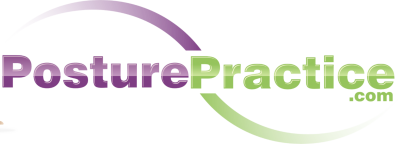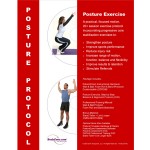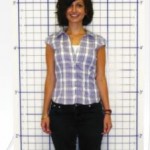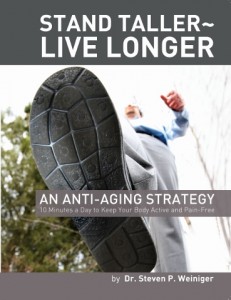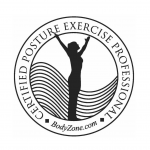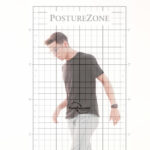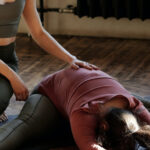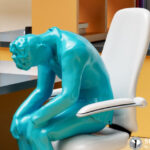Strong Form for Strong Performance
Form Begins with Posture.
From high school sports to the pros, coaches and trainers know good form is important for athletes to perform well, as well as avoid injury so they keep on playing well. And for just about every sport you can name, bio-mechanically effective form begins with posture.
Posture is a whole body function, and function follows form.
Posture is a whole body function, and function follows form. Coaches and trainers agree posture is important for winning performance, but we live in a tech society that’s folding athletes – young and old alike. In fact, a recent Baylor University study found college women spent 10 hours a day hunched over their devices (1). The men fared slightly better, logging 8 hours a day on their phones (but video game time was not included in the study).
Off the Field and On the Phone
Players habits off the field in today’s tech society of smartphones, mobile devices and computers is why it’s essential to check athletes posture consistently, engage them to be more aware of their posture, and then train them proprioceptively towards standing taller in everyday life.
The sports are different, but a batter’s stance, a golfer’s address position, and a runner’s technique all start with their own unique posture. Posture is not just about strength, it’s control, and the perception of where the person’s body truly is when they’re trying to stand up straight and tall. For athletes – and for everyone else – a strong and proprioceptively accurate posture begins with the core.
Keep in mind all core training is not the same. A strong core and efficient Torso-Pelvis stabilization is key for any athletic training program, but each sport trains core strength, coordination and control specific to that sport. An effect that especially apparent for high level elite athletes.
A recent study by Barbado et al (2) compared the trunk stabilization patterns of high level judo practitioners, high level kayakers and recreational athletes. Their conclusion: “specific-sport training induces specific trunk stability adaptations”.
Torso-Pelvis (aka core) control shapes how you stand, and stance is the beginning of form. An athlete’s perception of their posture may be that they’re standing straight and tall, but an accurate posture picture against a grid often shows subtle asymmetries. These subtle errors between their perception and reality trains subtle asymmetry of core stabilization and posture control.
The best coaches watch tiny movement for clues about a players’ fatigue and potential for injury from weak stabilization and control. All trainers should observe the beginning point of where the athletes body is when they’re trying to stand tall. It’s the benchmark for what happens to them with fatigue or injury, as well as with training focused on strengthening posture.
StrongPosture® ACTION STEP 1: Take benchmark posture pictures at the beginning of training and again at the start of playing season. Posture injury pictures can also offer a point of comparison after rehab for safe return to play. Use the free PostureZone® app to assess symmetry of Head, Torso, Pelvis alignment over the center of pressure of the Feet.
StrongPosture® ACTION STEP 2: Incorporate StrongPosture® exercises targeted to each individual athlete to strengthen accuracy and symmetry of proprioceptive Balance, postural Alignment, and subtle Motion control.(3)
CPEP - Certify as a Posture Specialist!1 Roberts, J. A., Yaya, L. H., & Manolis, C. (2014). The invisible addiction: Cell-phone activities and addiction among male and female college students. Journal of Behavioral Addictions, 3(4), 254-65. doi:10.1556/JBA.
2 Barbado, D., Barbado, L. C., Elvira, J. L., Dieën, J. H., & Vera-Garcia, F. J. (2016). Sports-related testing protocols are required to reveal trunk stability adaptations in high-level athletes. Gait & Posture, 49, 90-96. doi:10.1016/j.gaitpost.2016.06.027d.
3 Weiniger, S, Posture Rehab Protocol Professional Training Manual, BodyZone Press, 2000-2016
